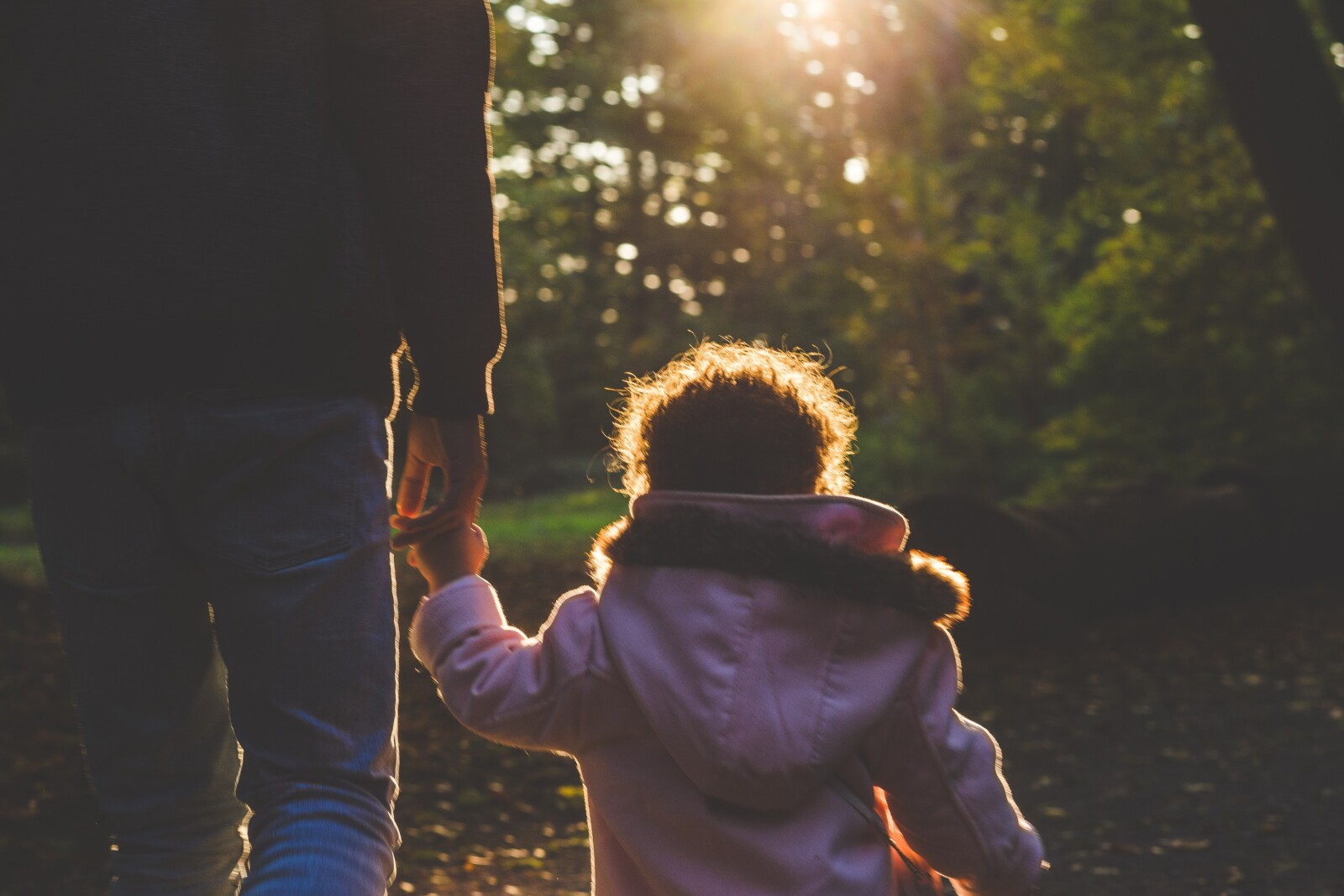Can You File a Lawsuit if Your Child Was Affected by a Philips CPAP Machine?
Sleep apnea is a sleep disorder that affects roughly 30 million adults across America, and though it is generally considered an affliction of older adults, children, too, can experience such an ailment. As such, children may require the use of continuous positive airway pressure (CPAP) machines to help them breathe as they sleep.

One of the country’s major manufacturers of CPAP machines, Philips Respironics, is facing numerous lawsuits from adult users of their CPAP devices. These lawsuits claim that the foam used in the construction of certain Philips CPAP devices is toxic. It can be unknowingly and unintentionally inhaled or ingested by users, leading to respiratory issues and other health complications.
Your child may be exhibiting symptoms similar to those exhibited by adults who have been using Philips CPAP machines, and if so, you may be curious about what legal rights your child may have and how to exercise them. The good news is that just as impacted adults have legal rights, you may be able to exercise legal rights on behalf of your child.
Sleep Apnea in Children: Causes, Symptoms, and Treatment
Whether it affects adults or children, sleep apnea is a condition that impacts a person’s ability to breathe during sleep. The afflicted person’s airway narrows or becomes blocked, causing breathing during sleep to either partially or completely stop (albeit momentarily) as a result.
In adults, one of the most common causes of sleep apnea is obesity, and it is the most common complication that arises in the treatment of the condition. When sleep apnea affects your child’s breathing during sleep; however, both the cause and the primary complication of it are different than they typically are for adults.
In children, sleep apnea most often occurs because the child’s tonsils and adenoids become enlarged. A child whose sleep is disrupted may not get a full night's rest and act out behaviorally as a result.
By observing your child during their sleep, you may develop a suspicion that they are suffering from sleep apnea, and a trip to your child’s pediatrician may be warranted if you notice any of the following:
- Disturbed or restless sleep
- Snoring, coughing, or choking sounds while sleeping
- Cessation of breathing while sleeping
- Wetting the bed at night
- Sleep terrors or sweating while sleeping
During the day, you may also notice changes in your child, such as:
- Not performing as well in school
- Acting out or being hyperactive during the day
- Difficulty solving problems at school or at home
- An inability to pay attention, either to you or their teachers
If you visited your child’s pediatrician to discuss these or similar symptoms, they might have diagnosed your child with sleep apnea and prescribed a CPAP machine for your child as a means of treating it.
If your child’s machine was a Philips DreamStation or other Philips-branded device, and your child developed other health complications after using the machine, you may be able to seek legal consultation on behalf of your child.
Philips CPAP Machines: What Are the Uses and Dangers?
Philips CPAP machines work in the same way as other CPAP machines do.
The machine is used at night and generates consistent air pressure by taking in air from the surrounding room, filtering it, pressurizing it, and then sending it to the user’s nose and mouth via tubing and a mask. The controlled air pressure gently keeps the adenoids and tonsils out of the way of the user’s airways.
Philips Respironics manufactures a number of CPAP machines that can be used to treat sleep apnea in children, and in performing their functions, the machines naturally make a bit of noise.
As a means of keeping that noise from disturbing the user’s sleep, CPAP machines are usually insulated with a sort of foam or other material that can dampen the sound. Several of Philips’ CPAP machines have used a type of foam called PE-PUR to diminish the noise they generate.
It later became known, however, that PE-PUR could unexpectedly degrade, releasing harmful gasses and small particles capable of traveling through the hose and mask and entering the user’s body. Exposure to PE-PUR particles has been connected to respiratory issues, harm to organs, and even some cancers.
The list of potential health complications includes:
- Cough and asthma
- Infection of the sinuses
- Irritation of the eyes, skin, nose, and throat
- Kidney and liver damage
- Headaches
- Cancers, including lung cancer, liver cancer, and esophageal cancer
Not all children will manifest these signs of PE-PUR exposure, but if your child has exhibited (or is currently exhibiting) these or related symptoms after using a Philips CPAP device, you should schedule a visit with your child’s pediatrician as soon as possible to rule out potential causes.
Philips Recalls Defective CPAP Machines
In June 2021, Philips Respironics issued a recall for several of its CPAP machines over concerns surrounding the health dangers posed by PE-PUR foam particles and gasses. The next month, the Food and Drug Administration (FDA) issued a Class I recall for the devices, asserting that the affected CPAP machines could cause serious injury or death.
In addition, at least one mask manufactured by Philips, the Wisp and Wisp Youth Nasal Mask, was recalled by the FDA after it was found that the magnets in these masks could seriously injure individuals who might have metal implants in their faces.
Overview of Philips CPAP Lawsuits
Hundreds of lawsuits are pending against Philips, some of which are individual suits while others have gathered into multi-district litigation. These suits are examples of medical product liability suits, alleging that Philips knew or should have known that the PE-PUR sound abatement foam it used could degrade and subsequently pose a health risk to users.
These suits seek compensation for the medical expenses and other losses and costs incurred as a result of the health complications caused by Philips’ machines. However, these cases are still pending in court and have, therefore, not yet been resolved by either a jury verdict or settlement at this time.
Do Children Have Legal Rights Too?
Children, too, can be harmed by Philips’ affected CPAP machines and devices, and when they do experience breathing difficulties or other health concerns because of their CPAP use, parents are left to pay the medical expenses and other costs associated with treating their child’s issues. Additionally, as a parent, you may also experience your own financial losses from having to miss work to transport your child to doctors’ appointments.
Depending on the severity of your child’s injuries, they may also experience ongoing, perhaps permanent, harm. They might develop a chronic, lifelong condition or suffer irreversible organ damage.
Injuries such as these can impact your child’s educational and professional prospects and go on to affect the quality of their life. Depending on the severity of the injuries, your child may require additional care throughout their life. All of these losses deserve compensation, and they can be compensated, as is true for the injuries of adults.
How Can Parents Exercise the Legal Rights of Their Children?
Minors cannot file lawsuits or directly receive compensation. As a result, lawsuits wherein children are injured are brought forth by the parent or guardian as the child’s “next friend.”
As your child’s parent, you would prosecute your child’s claim and receive any compensation awarded to your child. You would then be entrusted with putting the proceeds toward your child’s recovery and addressing your child’s past and future needs.
Where Can You Find a Product Liability Attorney for Your Child’s Claim?
Connecting with an experienced CPAP recall lawsuit attorney is essential to evaluate whether your child has a cognizable claim for damages, but finding the right attorney can seem daunting. You should try to look for an attorney or law firm that has the following characteristics:
- Significant experience handling mass tort claims and product liability cases
- A sufficient number of attorneys and legal support staff to take on your claim, as these cases are too complex for a single attorney with no support staff to handle
- Previous or current experience representing Philips CPAP plaintiffs, either adults or children
- Respect toward you and your family, as well as clear respect for your time
Your attorney will review your child’s use of a Philips CPAP machine, their medical records, and your documented expenses. They can then provide you with an assessment of your family’s rights and help you exercise them through the filing of a lawsuit. Request a case evaluation by filling out the form contained on this page.




![Hip Replacement Lawsuit [2024]: Have You Or A Loved One Suffered Hip Implant Complications Or Injury 6 hip replacement legal action](https://lawsuitlegit.com/wp-content/uploads/2024/02/hip_replacement_legal_action-250x143.jpg)